Remember when a car ride meant your arm hanging out the window, catching the breeze as you cruised down Main Street? Those were the days when the passenger seat offered a front-row view to a world that moved at a gentler pace. Before smartphones and satellite navigation, before drive-thrus on every corner and endless streaming options, we experienced travel in a way that today’s kids might find hard to imagine—through rolled-down windows with nothing but our thoughts and the passing scenery to keep us company.
1. No Seatbelts Required
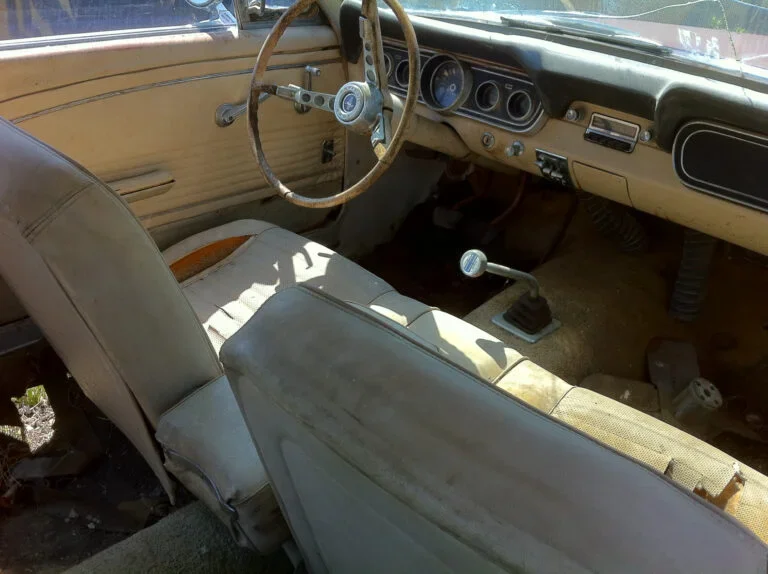
Back in the ’60s, seatbelts were often tucked away beneath the seats, unused and largely forgotten. Children bounced freely in the back of station wagons, sometimes sprawled across the rear window shelf watching the clouds go by. Parents would simply throw an arm across your chest during a sudden stop—the original “safety restraint system” that somehow worked just fine for an entire generation. Your AAA Network paints a surprising portrait of seatbelt history and just how much of a second thought they sometimes were.
It wasn’t until 1968 that federal law required manufacturers to install seatbelts in all vehicles, and even then, wearing them remained optional in most states for years afterward. The freedom of movement inside those big American-made cars gave rides a sense of adventure that today’s tightly-secured travels simply can’t replicate, even if we now understand the tremendous safety benefits of buckling up.
2. Gas Station Attendants Who Knew Your Name
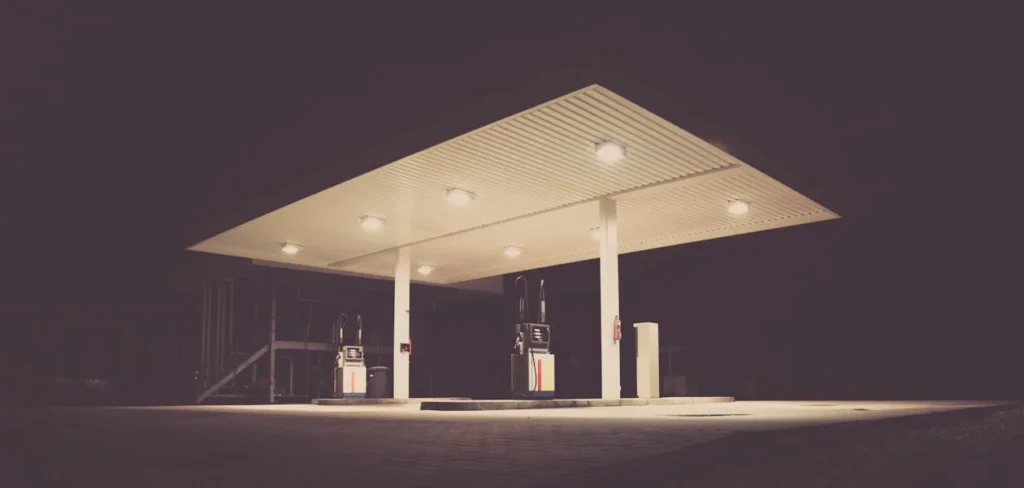
Pull into a gas station in the ’60s, and you’d hear the unmistakable “ding-ding” of the bell announcing your arrival as your wheels rolled over the pneumatic hose. Within seconds, a uniformed attendant would hustle to your window with a friendly greeting, often remembering your name and your usual fuel preference. They’d wash your windshield, check your oil, and top off your fluids—all while you remained comfortably seated inside your car. NACS traces the history of self-fueling, where this trend may not hold any sway.
At 30 cents a gallon, filling the tank didn’t require a small loan, and the service came with a genuine smile and local gossip. The gas station wasn’t just a place for fuel but a community hub where neighbors caught up on news and mechanics in the service bay might fix your car while you waited, handing you a cold bottle of Coca-Cola from the machine out front.
3. Drive-In Everything
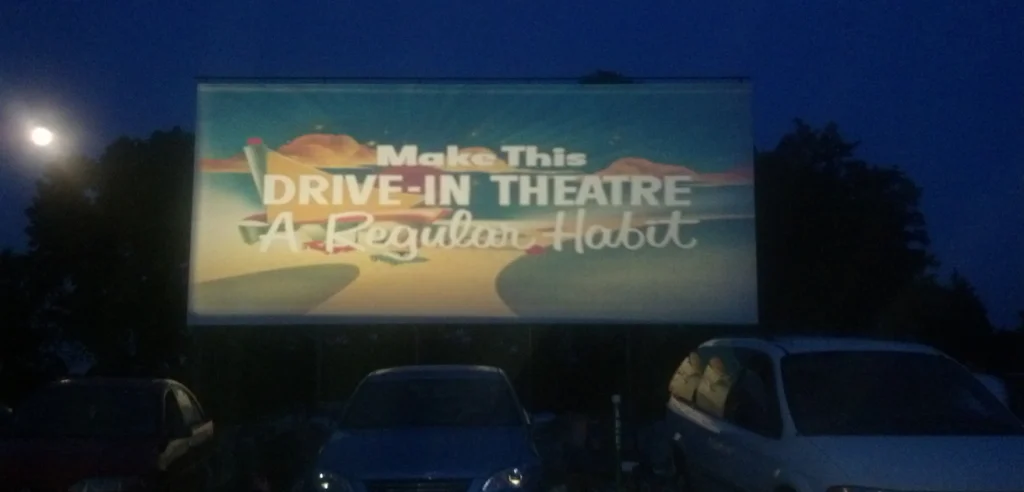
The 1960s were truly the golden age of drive-in culture, with movie theaters under the stars being just the beginning of what you could do without leaving your car. Families gathered in station wagons and couples snuggled in convertibles, watching films on enormous outdoor screens with sound coming through window-mounted speakers that sometimes worked if you were lucky. According to History Channel, drive-ins started popping up decades before they gained traction.
Beyond movies, you could bank, eat, shop, and even attend church services—all from the comfort of your Chevy or Ford. Drive-in restaurants with carhops on roller skates delivering trays that hooked onto partially rolled-down windows created memories of cheeseburgers, milkshakes, and french fries consumed while listening to the latest hits on the radio. The car wasn’t just transportation—it was a mobile living room from which we experienced entertainment, dining, and social life.
4. Highway Billboard Adventures
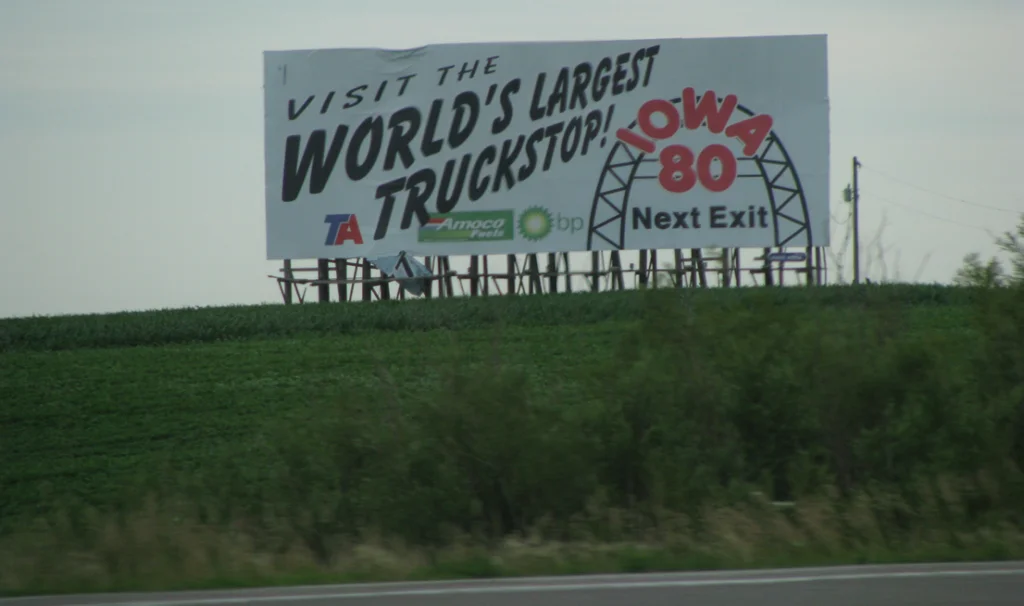
Before interstate highways were completed and GPS told you exactly where to exit, roadside billboards served as both entertainment and navigation tools during long drives. Burma-Shave signs delivered their sequential poetry over miles of highway, rewarding attentive passengers with punchlines about safe driving or close shaving.
Tourist attractions advertised themselves with increasingly outlandish promises—the World’s Largest Ball of Twine or Mystery Spots where water supposedly flowed uphill. Restaurants and motels competed for attention with neon signs and clever slogans, creating a colorful roadside landscape that kept kids scanning the horizon for the next visual treat. These billboards weren’t just advertisements; they were milestones marking progress on family road trips and creating shared anticipation.
5. Paper Maps and Getting Gloriously Lost
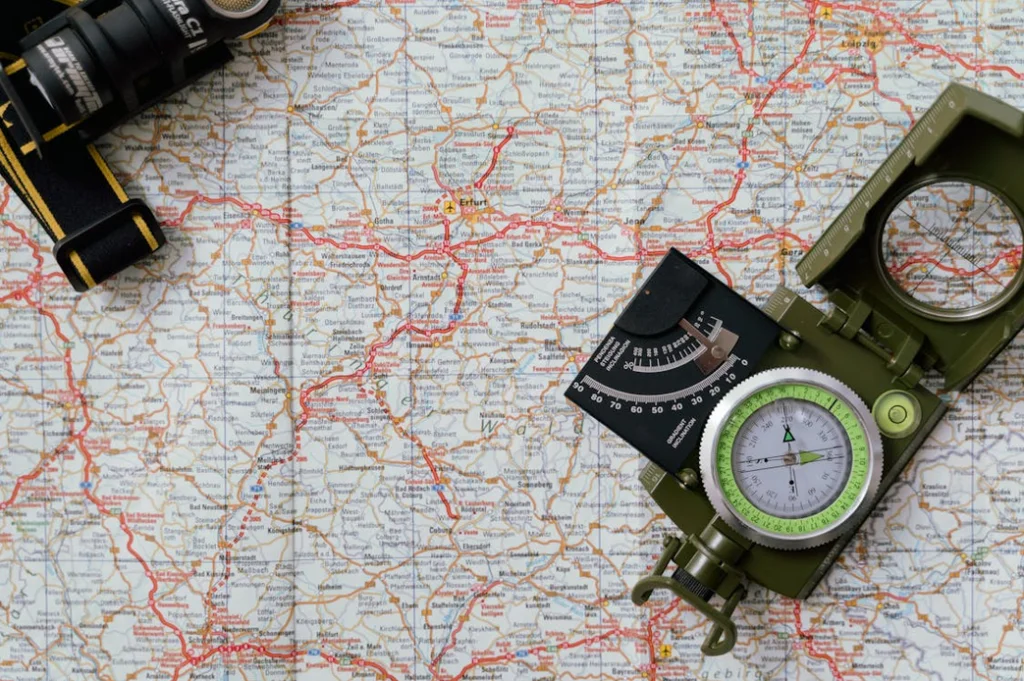
Every glove compartment contained a collection of well-worn, impossible-to-refold maps, often provided free by gas stations bearing their logos. Navigation was a family affair with dad typically driving, mom serving as navigator with a map spread across her lap, and children in the back seat asked to watch for specific road signs or landmarks.
Getting lost wasn’t a disaster—it was an opportunity for discovery that sometimes led to the best memories of the trip. Wrong turns revealed hidden diners with homemade pie or scenic vistas that weren’t marked in any guidebook. The journey itself was as important as the destination, with unexpected detours creating stories that families would retell for decades to come.
6. AM Radio and the Magical Search for Stations
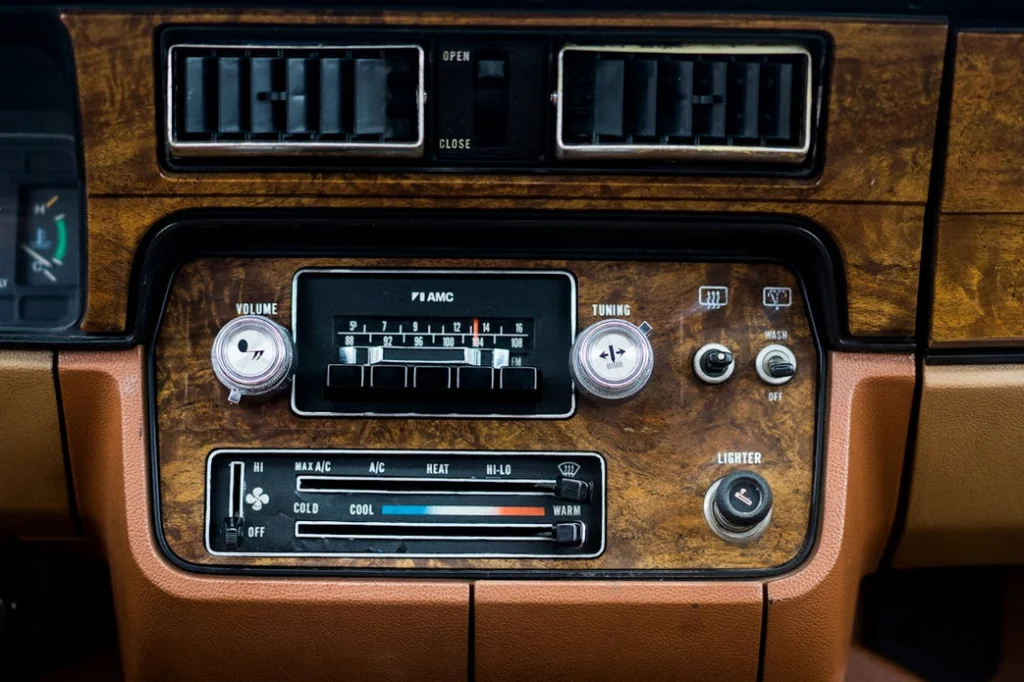
The soundtrack of ’60s travel came exclusively through AM radio, with its distinctive warm, slightly fuzzy sound that seemed to complement the hum of the engine. As darkness fell and you drove between cities, the radio took on an almost magical quality as distant stations from hundreds of miles away would suddenly come in clear as a bell.
Teenagers in the passenger seat became expert dial-turners, carefully finessing the radio knob to find the strongest signal playing the latest Beatles or Rolling Stones hits. Regional differences in music, news, and even local commercials gave passengers a sense of truly traveling somewhere different—these voices on the radio were audible proof that you’d ventured into new territory, each station a unique audio postcard from places along your route.
7. Roadside Picnic Areas Instead of Fast Food Lanes
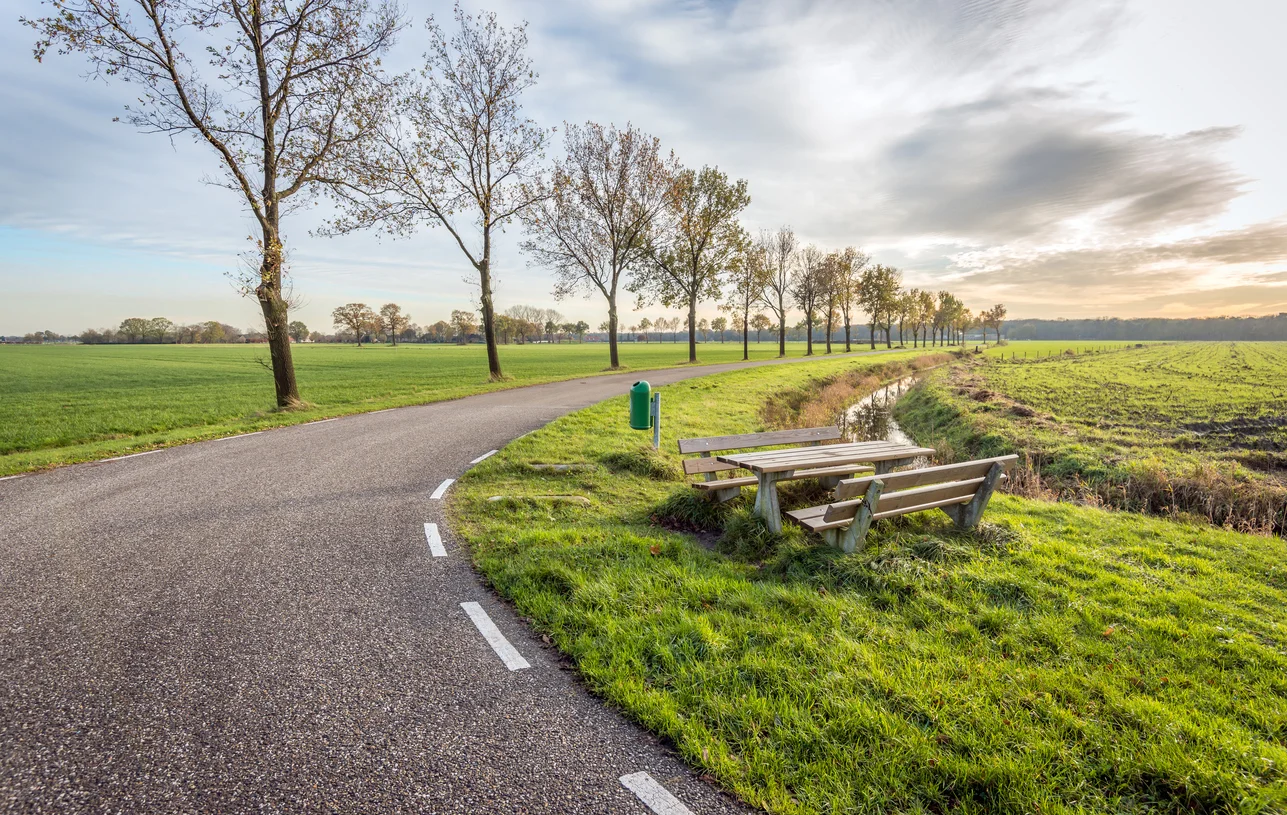
When hunger struck during a ’60s road trip, families often pulled into simple roadside picnic areas rather than drive-through lanes. Mom would unpack the cooler filled with sandwiches wrapped in wax paper, thermoses of coffee or Kool-Aid, and homemade cookies packed in repurposed metal tins.
These humble rest stops offered simple wooden tables under shade trees, perhaps a water pump, and sometimes informational signs about local history or nature. The break from driving wasn’t just about eating—it was a chance to stretch your legs, maybe toss a ball around, and actually experience the landscapes you were passing through. The ritual of the roadside picnic, with its familiar foods in unfamiliar settings, became its own treasured tradition of family travel.
8. Hitchhikers and the Kindness of Strangers
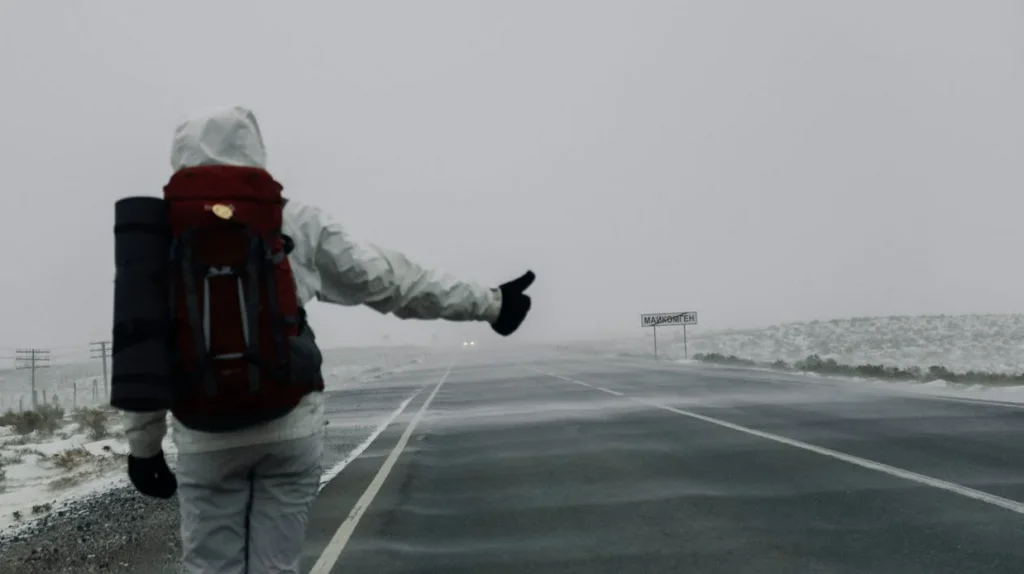
Spotting hitchhikers along highways was a common sight, and giving them rides wasn’t considered particularly risky—it was just what neighbors did for one another in a more trusting era. College students with duffel bags and cardboard signs, military men in uniform heading home on leave, and even families stranded with car trouble might find themselves welcomed into your backseat or riding shotgun.
These temporary passengers brought stories, conversation, and a sense of shared adventure to long drives. Parents used these encounters to teach children about helping others and the hitchhiker’s unspoken code of courtesy—offering gas money or interesting conversation in exchange for the ride. These brief connections with strangers represented a different relationship with fellow travelers than today’s anonymous passing on the highway.
9. Genuine Roadside Attractions, Not Tourist Traps
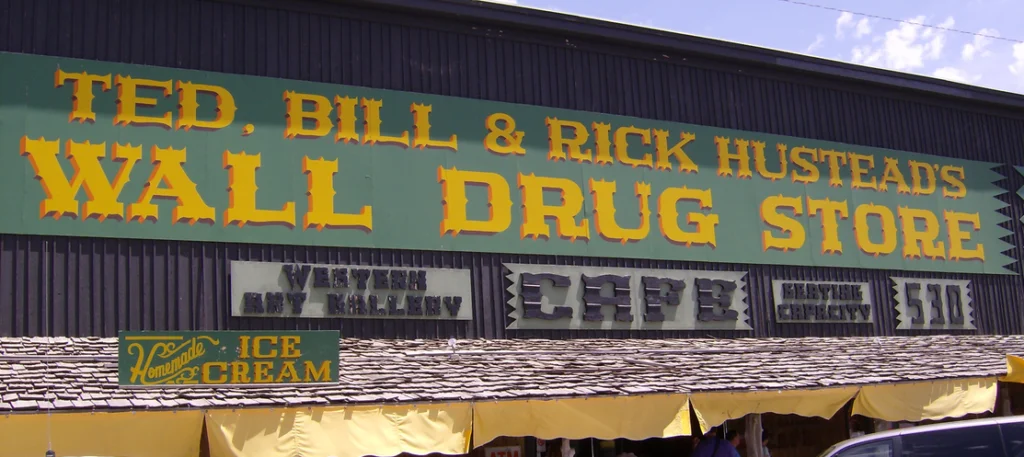
The highways of 1960s America were dotted with attractions born of genuine passion rather than corporate marketing—oddities like the House on the Rock, Winchester Mystery House, or Wall Drug that reflected their creators’ unique visions. Families would eagerly watch for hand-painted signs announcing these wonders, each one promising experiences you couldn’t find anywhere else in the world.
Children pressed their noses against car windows, counting down the miles until they could see the concrete dinosaurs, mysterious caverns, or historical reconstructions that broke up long journeys. These roadside attractions weren’t slick or polished, but their very authenticity created a sense of discovery and connection to the quirky individuals who built them. The excitement of spotting that first sign—”Mystery Cave, 100 Miles Ahead!”—created anticipation that modern entertainment options rarely match.
10. Service Stations That Actually Provided Service
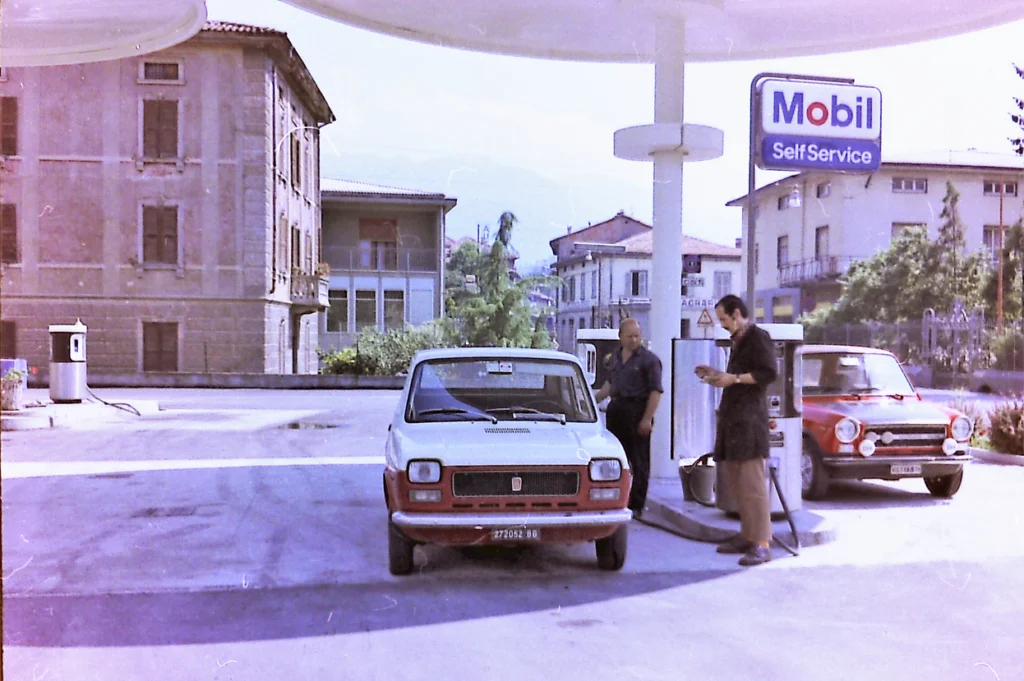
When car trouble struck during a ’60s journey, you’d find yourself at a service station where mechanics could diagnose and fix almost any problem with tools, talent, and a willingness to stay late if a family was stranded. These weren’t just places that sold gas—they were full-service operations with grease-stained professionals who took pride in keeping America’s cars running smoothly on the expanding highway system.
The waiting area typically featured a few vinyl chairs, an ancient coffee machine, and a display case of packaged snacks, where children could press their faces against the glass contemplating how to spend their dime. Mechanics explained what was wrong in plain English, often showing the failed part and demonstrating the repair while offering maintenance advice for the road ahead. The relationship between drivers and these roadside fixers was built on trust and community standards rather than corporate warranties.
11. Motels with Individual Character
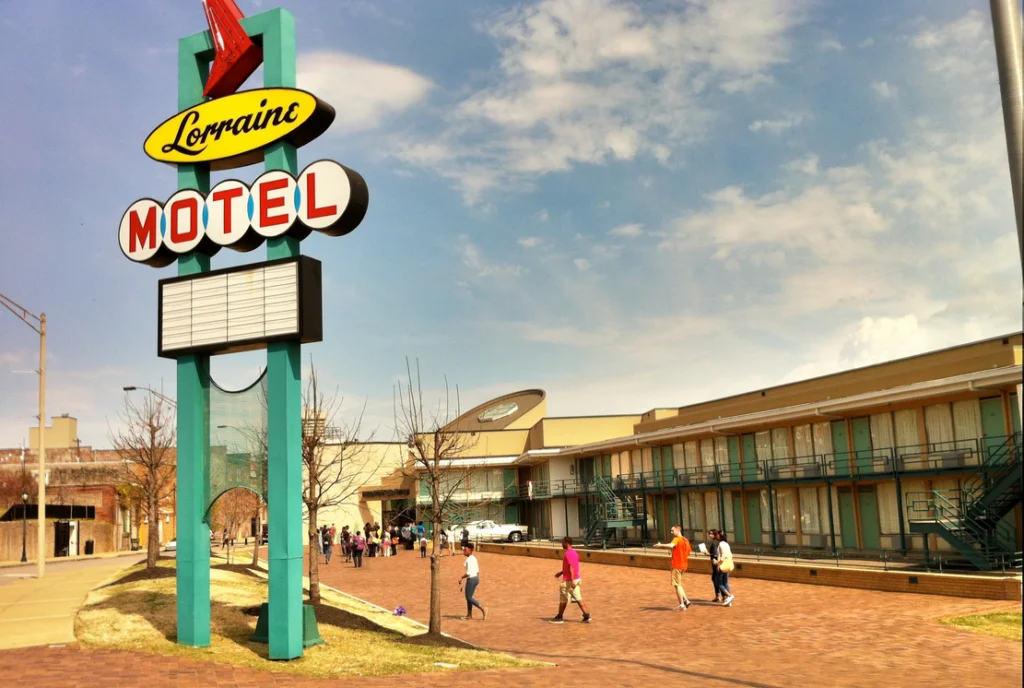
Before hotel chains standardized the overnight stay, motor courts and independently owned motels offered distinctly local experiences with their neon signs beckoning tired travelers. Each had its own personality—knotty pine paneling in mountain regions, seashell decorations near beaches, or Western themes complete with wagon wheel headboards in ranch country.
The nightly ritual of checking in meant dad getting the massive metal key with its diamond-shaped plastic tag while mom assessed the cleanliness of the room and children tested the bouncy beds. The swimming pool—the ultimate symbol of vacation luxury—might be kidney-shaped with a diving board, offering relief from hot vinyl car seats and hours of entertainment while parents relaxed in aluminum lawn chairs nearby. These weren’t just places to sleep but genuine destinations that families photographed and included in vacation slideshows back home.
12. Distinctive Regional Differences
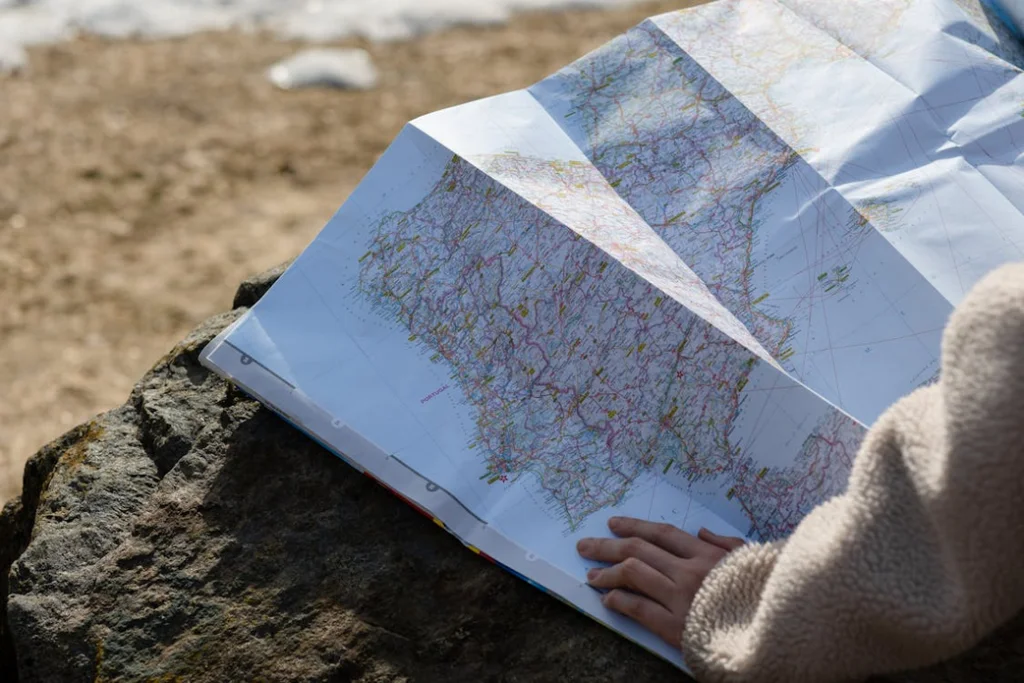
Crossing state lines in the ’60s meant encountering genuine cultural differences that were immediately visible from your passenger window—different building styles, food offerings, accents, and even soft drink names changed as you traveled. Before national chains homogenized the landscape, each region proudly displayed its unique character through local businesses, cuisine, and customs.
Local radio stations played regionally popular music you’d never heard back home, and restaurant menus featured dishes with unfamiliar names that required explanation from waitresses who called you “hon” or “sugar” depending on which state you were passing through. License plates from distant states were rare enough that children played spotting games, and visitors stood out enough that locals might ask where you were from and actually listen to your answer. These regional distinctions made travel an education in American diversity that couldn’t be replicated by any classroom lesson.
13. The Family Car as a Second Home
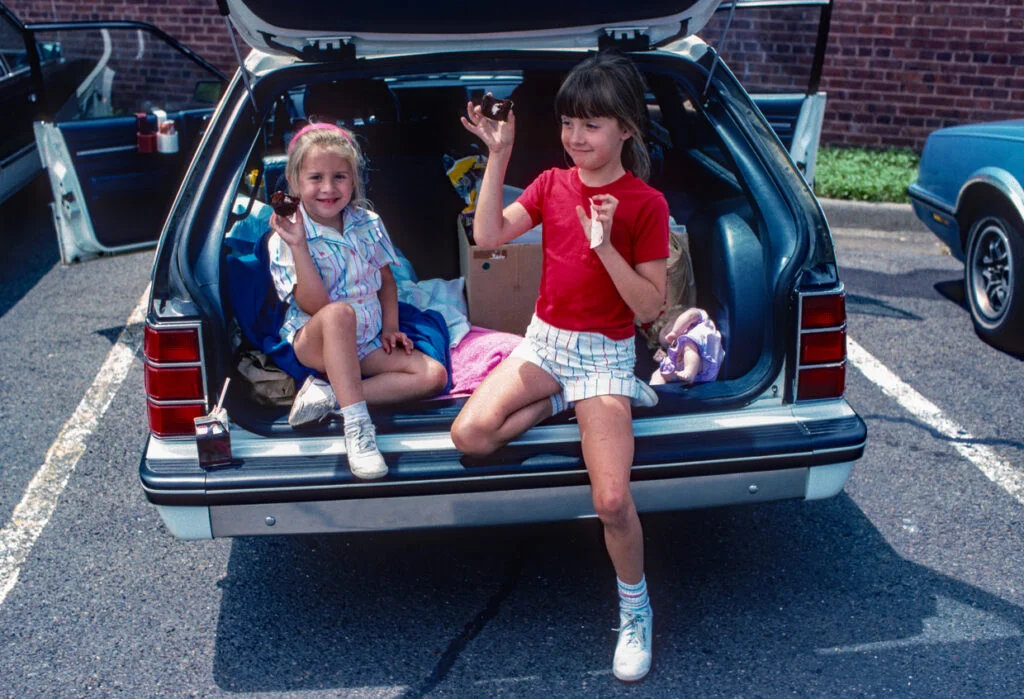
The massive American cars of the 1960s—with their bench seats, massive trunks, and acres of interior space—became extensions of the family living room during long trips. Station wagons with rear-facing third rows created natural territories for siblings, while the front seat remained firmly adult domain except for those special occasions when you earned the right to sit “up front.”
These rolling living rooms witnessed family squabbles and reconciliations, important conversations that somehow flowed more easily when everyone was looking forward rather than at each other, and the unique intimacy that comes from shared confinement over long distances. The family car wasn’t just transportation—it was where we played games like “I Spy,” sang along with the radio, and sometimes had our most honest conversations while watching America pass by outside the windows.
The passenger seat perspective of the 1960s wasn’t just different because of what we saw outside those windows—it was different because of how we saw it. Without digital distractions and constant connectivity, we were present in the moment, truly experiencing the journey rather than just enduring the time between destinations. Those of us lucky enough to have been children in the backseat or teenagers riding shotgun during this era carry these memories not just as nostalgia for a different time, but as a reminder of a different way of being—more patient, more observant, and somehow more alive to the simple pleasure of motion through the beautiful, varied landscape of America.



